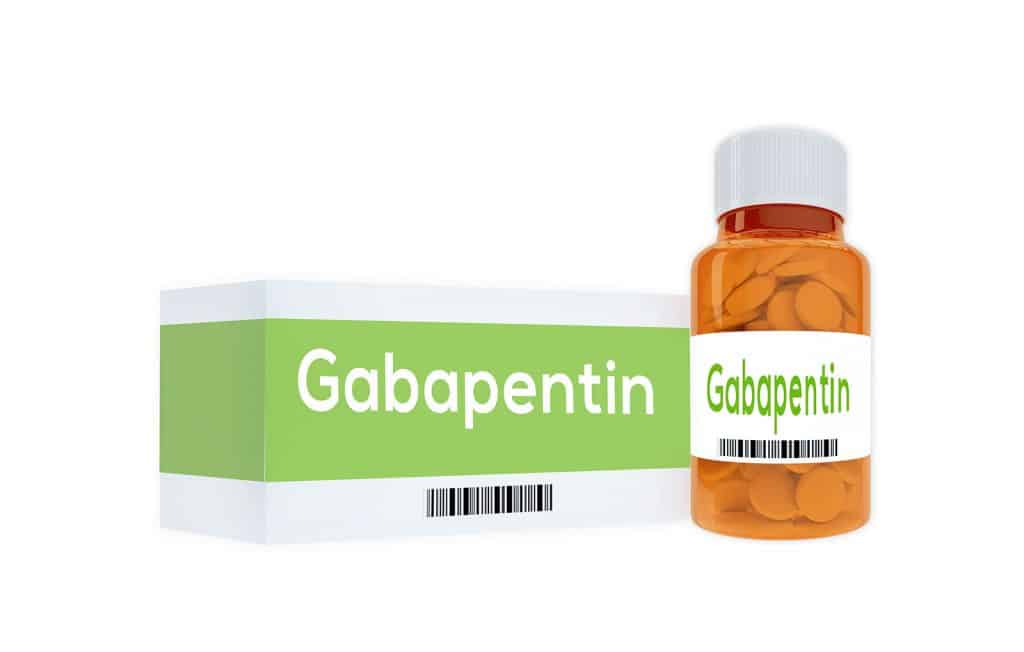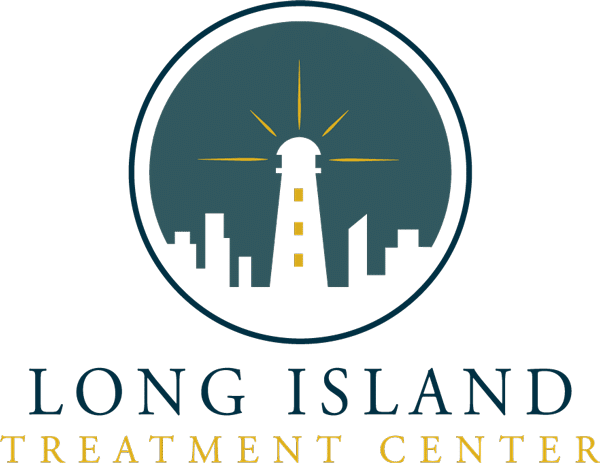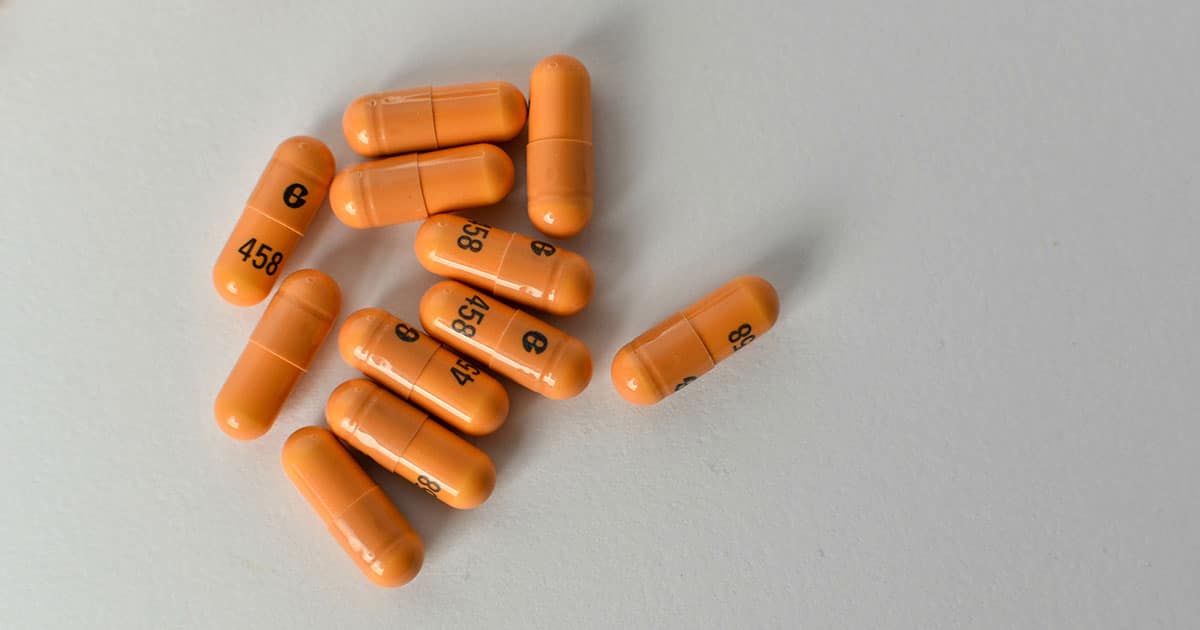Gabapentin is a prescription medication that’s used to treat epilepsy. It eases the withdrawal symptoms of patients during cocaine, opioid, and alcohol detox. It’s prescribed for a long list of other conditions thanks to its relaxing, soothing, and pain-relieving properties.
This drug is often abused, and it has a high potential for addiction. Gabapentin is marketed under the brand name Neurontin. On the street, it’s known as gabby or johnny.
Table of Contents
What Is Gabapentin?
Neurontin is classified as an anticonvulsant painkiller. It’s considered less addictive than opioids. Nevertheless, abuse and addiction are common.
This medicine has a chemical structure that’s similar to that of GABA (gamma-aminobutyric acid). GABA is a naturally occurring chemical in the brain that helps to regulate the nervous system.
Low levels of GABA can trigger depression, anxiety, restlessness, moodiness, and inability to sleep. On the other hand, high levels of GABA can make you feel relaxed and serene.
A high concentration of GABA in the brain reduces anxiety, relieves nerve pain, and encourages sound sleep. Because those are the same effects that gabapentin produces, scientists initially deduced that gabapentin simply mimics the effects of GABA and increases the overall presence of GABA throughout the body.
However, additional studies revealed that although the drug interacts with GABA receptors, it does not affect GABA metabolism or synthesis.
Instead, gabapentin binds to calcium channels in the central nervous system. There, it limits the release of excitatory neurotransmitters. That’s how it blocks nerve pain and prevents seizures.
Therapeutic doses of gabapentin cause a dose-dependent increase in extracellular GABA that puts users into a relaxed and pleasant state.
How Does Gabapentin Work?
This medication reduces abnormal excitement in the brain. By interacting with abundant GABA receptor sites, gabapentin can prevent seizures and change how the body perceives pain.
Synapses are electrical impulses that carry messages from one brain cell or neuron to another. Scientists believe that because nearly 40 percent of all synapses involve GABA, there must be quite a few GABA receptors in the brain.
The job of GABA is to prevent neurons from becoming overexcited, especially during times of severe stress. The condition of the neurons governs how pain signals are transmitted.
When GABA levels are plentiful, the neurons remain calm while pain signals lessen or disappear. However, when neurons are overexcited, they broadcast continuous pain signals to the brain. The more excited the neurons, the more pain you’ll feel.
Like GABA, gabapentin comforts overexcited neurons that might otherwise trigger a seizure or cause pain. The mechanism of action is slightly different for GABA and gabapentin, but they both produce the same effects.
Which Conditions Can Gabapentin Treat?
- Essential tremors
- Irritable bowel syndrome
- Post-herpetic neuralgia
- Peripheral neuropathy
- Painful diabetic neuropathy
- Restless legs
- Bipolar disorder
- Fibromyalgia
- Postmenopausal hot flashes
- Anxiety and panic attacks
- Treatment-resistant depression
- Headache
- Withdrawal from alcohol, cocaine, and opioids
- Postoperative pain
- Nausea
- Vomiting
- Migraine headache
- Social phobia
- Post-traumatic stress disorder (PTSD)
- Seizures
- Interstitial cystitis
- Chronic itching
- Inability to sleep
- Refractory chronic cough
Where Did Gabapentin Come From?
Gabapentin was discovered in Japan in the 1970s. It was initially used as an antispasmodic and as a muscle relaxer. However, scientists quickly discovered the potential of gabapentin as an adjunct for stronger anticonvulsants.
The proprietary formula was sold to Parke-Davis Pharmaceuticals. There, it underwent further development before being brought to market under the brand name Neurontin and introduced as an epilepsy treatment.
Is Gabapentin Addictive?
Like many medicines on the market, gabapentin has both risks and benefits. The benefits include a reduced incidence of seizures and a reduction in pain associated with many different types of conditions.
Doctors consider it a safer alternative than opioids, especially for long-term, chronic pain. Many physicians aren’t even aware of gabapentin’s addictive potential.
In 2016, the drug was number 10 on the country’s top prescription drug list. Doctors were prescribing gabapentin as an all-purpose feel-good tonic.

Almost 65 million prescriptions for gabapentin were written that year compared to only 39 million prescriptions four years earlier. The total number of prescriptions jumped by nearly 25 million in just four years.
A 2018 article published in The Psychology of Addictive Behavior reported that gabapentin is marketed as having no abuse potential even though a variety of studies suggest otherwise.
Along with a high potential for abuse, the drug can cause suicidal thoughts, abrupt behavioral changes, and mood swings. Additional side effects can include elevated blood pressure, sleep disturbances, fever, appetite changes, and chest pain.
A 2012 article published in the British Journal of General Practice examined gabapentin’s abuse potential. Researchers found that the drug affects everyone differently. Users reported effects ranging from euphoria, relaxation, and increased sociability to feeling reduced to a zombie-like state.
More people are requesting gabapentin prescriptions, and it’s not all due to neuropathic pain.
By 2016, doctors were seeing an increase in overdose cases involving gabapentin. Physicians who had previously considered gabapentin a nonaddictive replacement for opioid painkillers were starting to ask questions.
Of additional concern was gabapentin’s increased recreational use. The drug is used in combination with opioids to induce euphoria and to make the high last longer.
Gabapentin eludes the blocking effects of medications used to treat addiction, and patients are getting high in recovery. With pills selling for under $1 each, the drug provides an affordable high.
Fatal overdoses involving gabapentin rose precipitously in West Virginia in 2015 when deaths increased from three in 2010 to 109 in 2015.
A 2015 article in the American Journal of Psychiatry surveyed more than 500 prescription opioid users; The researchers found that 15 percent of the participants had used gabapentin to get high during the last six months.
Can Gabapentin Treat Addiction?
There are currently only a few medications with FDA approval that can effectively treat addiction. At present, gabapentin is being considered for off-label use as an addiction treatment drug. Here are some of the studies:
Gabapentin for Alcohol Withdrawal Treatment
Alcohol withdrawal can elicit a variety of unpleasant reactions, including tremors, anxiety, irritability, and agitation. Because gabapentin mimics the effects of GABA by reducing neural excitation, it is thought to also reduce alcohol withdrawal symptoms.
A study published in the American Journal of Psychiatry reported encouraging results during a 16-week treatment of 150 alcohol-dependent participants. The results were better among individuals who received gabapentin and naltrexone together than they were for participants who received naltrexone alone.
Another study published in the Journal of Clinical Psychiatry found that alcohol-dependent people treated with gabapentin displayed a significant reduction in how much they drank. The experimental group also had a higher rate of abstinence than the placebo group.
Gabapentin for Cannabis Withdrawal Treatment
The effects of gabapentin may be soothing for those who are undergoing detox from cannabis or benzodiazepines. Marijuana is not physically addicting, and you don’t develop a tolerance to it. Nevertheless, it can be very addictive psychologically, and when you stop using it, you might experience some withdrawal symptoms.
A study published in Neuropsychopharmacology reported that individuals who sought treatment for cannabis addiction and were treated with gabapentin consumed less marijuana, reported improvements in cognitive functioning, and had fewer withdrawal symptoms.
What Are the Signs of Gabapentin Addiction?
Gabapentin addiction can involve a variety of symptoms that include the following:
- Disorientation
- Confusion
- Dizziness
- Fainting
- Lethargy
- Labored breathing
- Unresponsiveness
- Bluish lips, fingers, and toes
Studies of substance abusers in the U.S. and the U.K. revealed that most people with a gabapentin addiction prefer to mix the drug with prescription opioids rather than using it alone.
Participants who used gabapentin to get high were more likely to abuse benzodiazepines. Moreover, a mix of gabapentin and alcohol is frequently present in toxicology results.
According to a 2016 article published in addiction, mixing gabapentin with opioids delivers a euphoria that can drive addiction. A case study reported that individuals snorting gabapentin powder from capsules get a high that’s similar to snorting cocaine.
In six different studies, individuals abusing gabapentin did so to feel relaxed and calm. Study participants also described a cannabis-like or cocaine-like high that increased sociability and talkativeness.
Some users experienced an amphetamine rush or an MDMA-like high. They also reported improved focus and better sleep. People who are addicted to gabapentin may exhibit the following behaviors:
- Poor decision-making
- Acting energetic or sedated
- Increased or decreased sleep
- Stealing
- Forging or selling prescriptions
- Exceeding the prescribed dose
- Mood swings or hostility
- Routinely asking for early refills
- Losing prescriptions and asking for more
- Getting prescriptions from multiple doctors
Is gabapentin addictive? It’s unusual for someone to be addicted to gabapentin alone, but it does happen. When it does, it’s usually for the purposes of mood modification.


